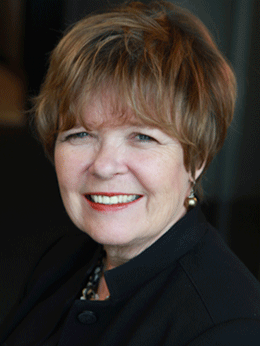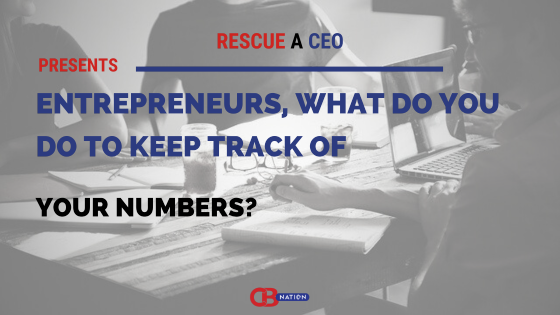Over the next 18 years, 8,000 people will turn 65 every day in the United States. Astonishing to consider the exit of collective wisdom and skill from the workplace embodied in that number. AARP estimates that only about 37 percent of companies have considered what this brain drain means to them in the coming five to 10 years. Yet, of those companies, there is still little evidence that they understand how to create a culture of readiness to address the fast approaching future.
With the rapid exit of skills from the workforce, it is imperative that organizations create something beyond a succession plan. They must work to create a culture of readiness, where current employees are given the tools and processes to sustain business success at their particular levels of impact, with the assurance that if there is a need, and based on their performance and desire, they will be considered seriously as part of the candidate pool to move to another level of impact. Not a promise but a realistic statement that their efforts matter and that they will be considered. If they are not ready, such a culture lets them know what is needed.
The following six items are critical, yet often missing and badly needed, in a company’s efforts to create a masterful and sustainable succession readiness plan.
- An objective and visible understanding of what employee behaviors are reinforced or suppressed by the company’s operational and HR systems, management processes and physical settings, including machinery or technology structures.
- An understanding of the science of behavior and a belief that the potential of every employee can be enhanced, creating a culture of individual and group performance excellence.
- The capability to observe, measure and track individual skills based on what employees actually say and do to advance or achieve excellence in the moment. This kind of observed analysis of “what it takes” can occur of those at the top of the corporation as well as those on the frontline. Both demonstrate excellence in their particular business environment, demonstrating fluency in their areas through deliberate practice across conditions and repeat trials. The mystery of effective senior leadership in not innate to the person nor is it unobservable. Their particular learning histories and skills can be made clear as well.
- A system that measures leaders, managers and supervisors by the success of their direct reports. Ensuring that each employee master steps to perform effectively is more valuable for the overall health of the organization than only focusing on those who exceed targets in achieving objectives. Understanding how to coach effective skill development is a very useful tool for managers, helping them to build habits of excellence. Blame about individual failure is absent in such a culture of management. Rather the analysis is about what is needed to redirect or accelerate skills.
- The vision to create a culture of mentoring and coaching. This culture of engagement and respect includes leaders who are ready always to mentor, to transfer critical skills as part of their mission to employees, seeking to make their employees better than themselves, seeking opportunity for employees to practice, to share the stage, enhance the platform for adding new skills. Such a culture disavows that the leaders are there because they are the only ones who can possibly lead—rather that they are a product as well of opportunity for repeated practice and belief in their capabilities along the way.
- An understanding that all employees are essential to success. This includes knowing that they may require taking on a new role of leading others or develop greater skill in new processes and teaching others about needed skills. From the moment of hiring, such a culture of continuous learning and appreciation for the skills that employees bring and refine as part of a company’s team is the expectation.
Succession planning should not be an initiative to address the rapidly retiring or address a business requirement at a particular moment, but rather the way we work here. If such a culture does exist at your company, you are by the nature of your design always creating a succession readiness mindset at each and every level of operations.
—-
This guest post was written by Darnell Lattal of Aubrey Daniels International. Darnell Lattal, as President and Chief Executive Officer of Aubrey Daniels International, is a specialist in the design and implementation of behavior-based business strategies to achieve core initiatives. In partnership with her clients and through her extensive corporate engagements, Darnell has expertly contributed to organizational redesign and change management, executive coaching, achieving high performance, performance measurement and behavior-based systems design, leadership and teamwork within and across organizational structures, succession planning and implementation, ethical decision-making, and creating a solid leadership legacy based on self-awareness and self-management.

















































 |
|
Comments 1